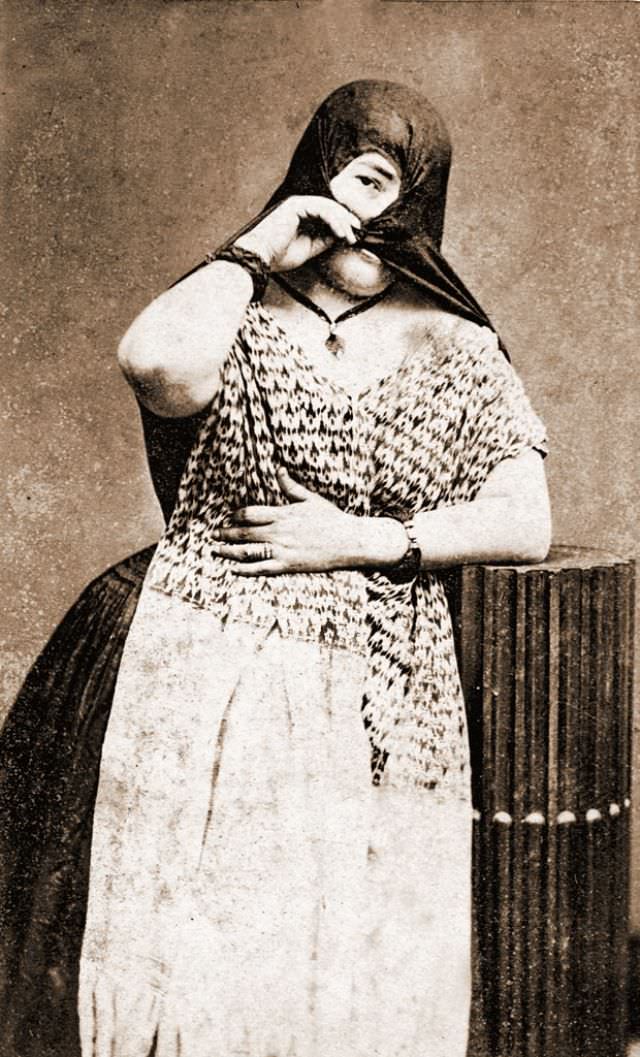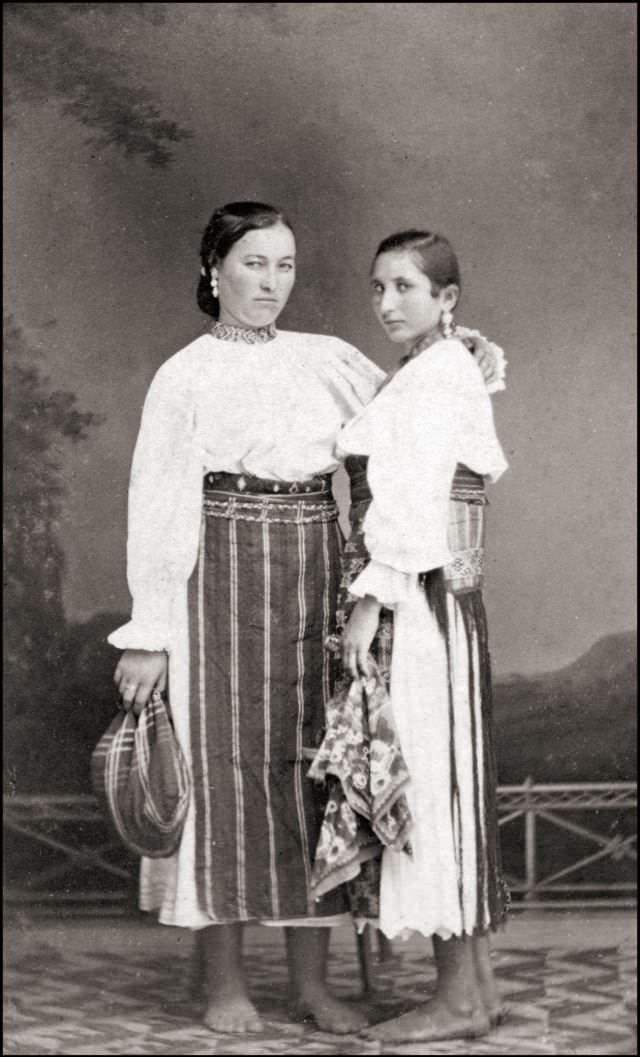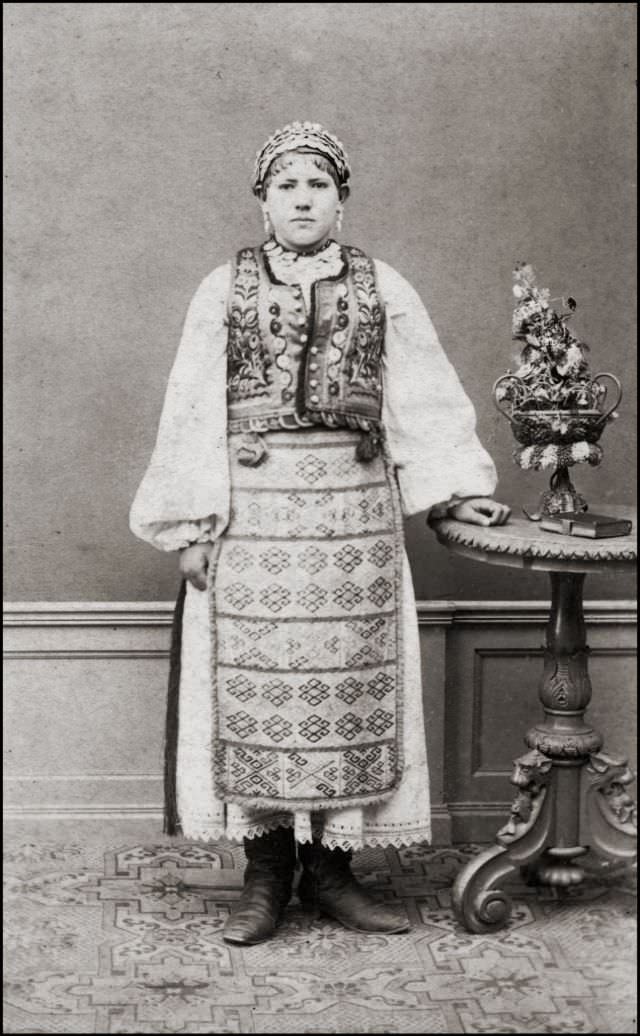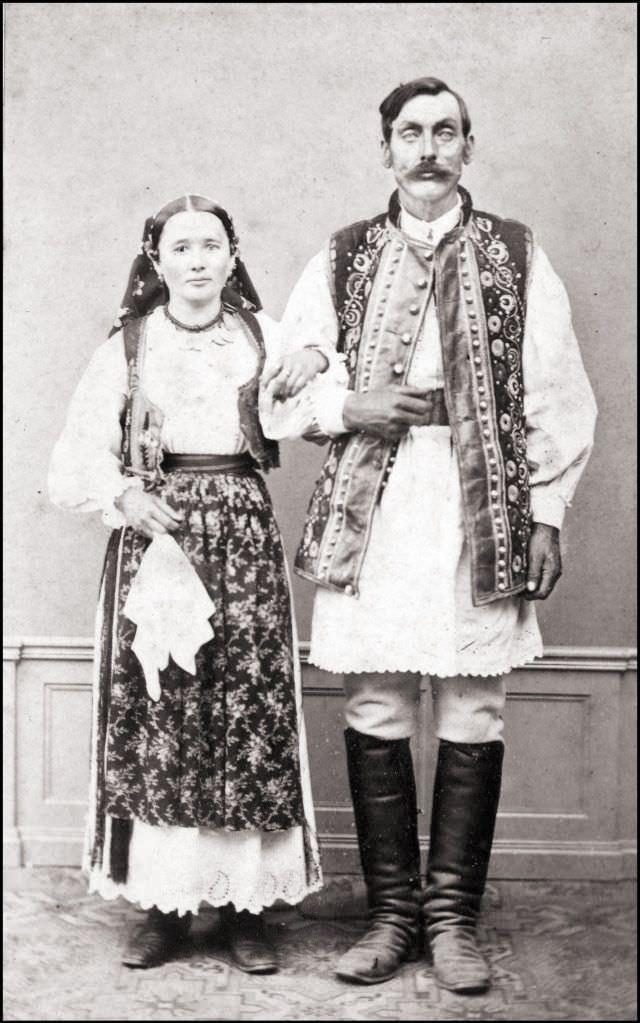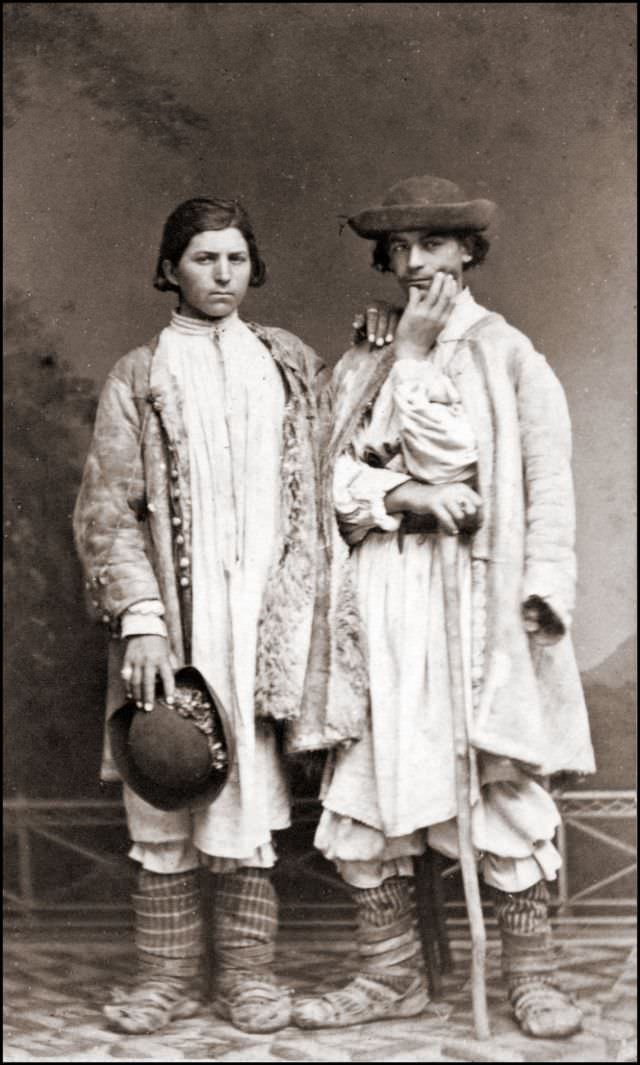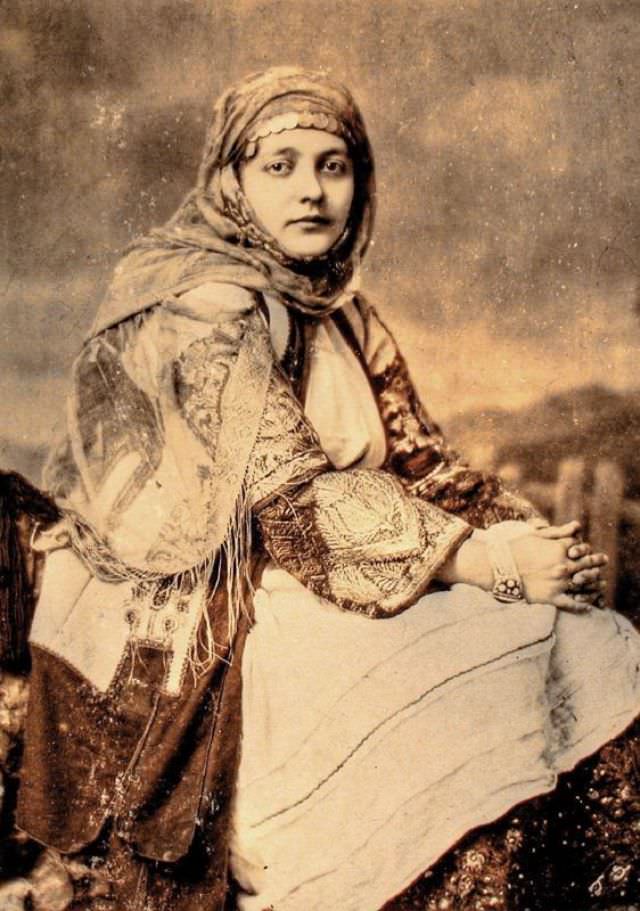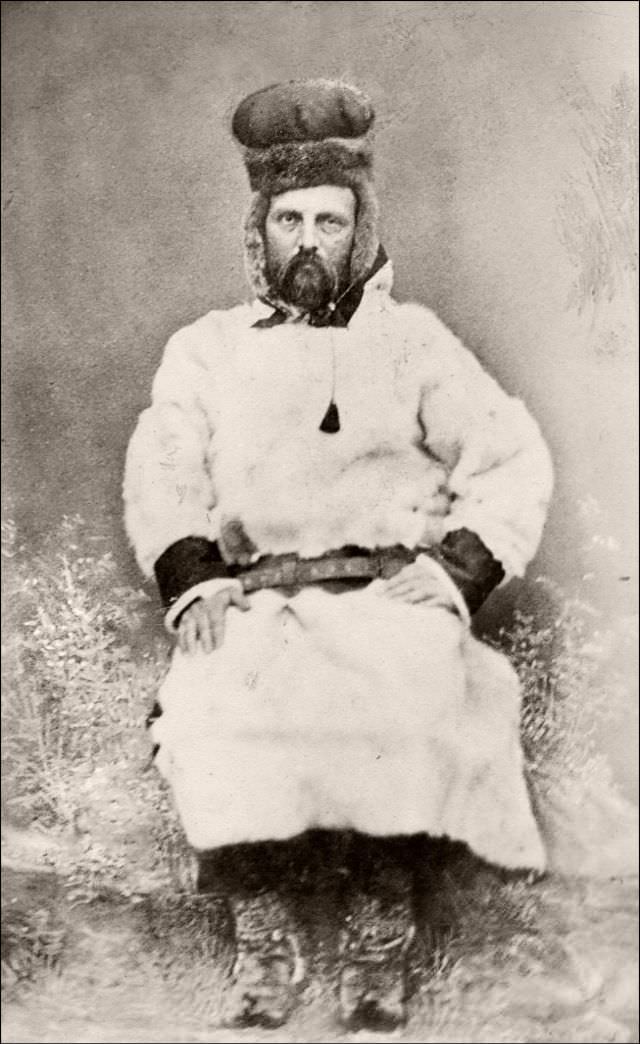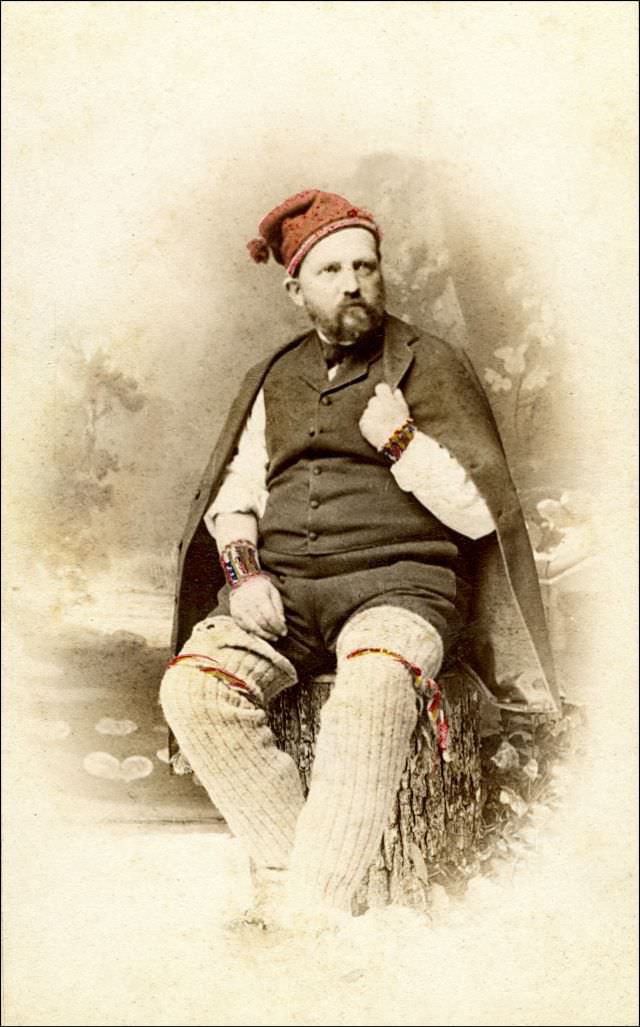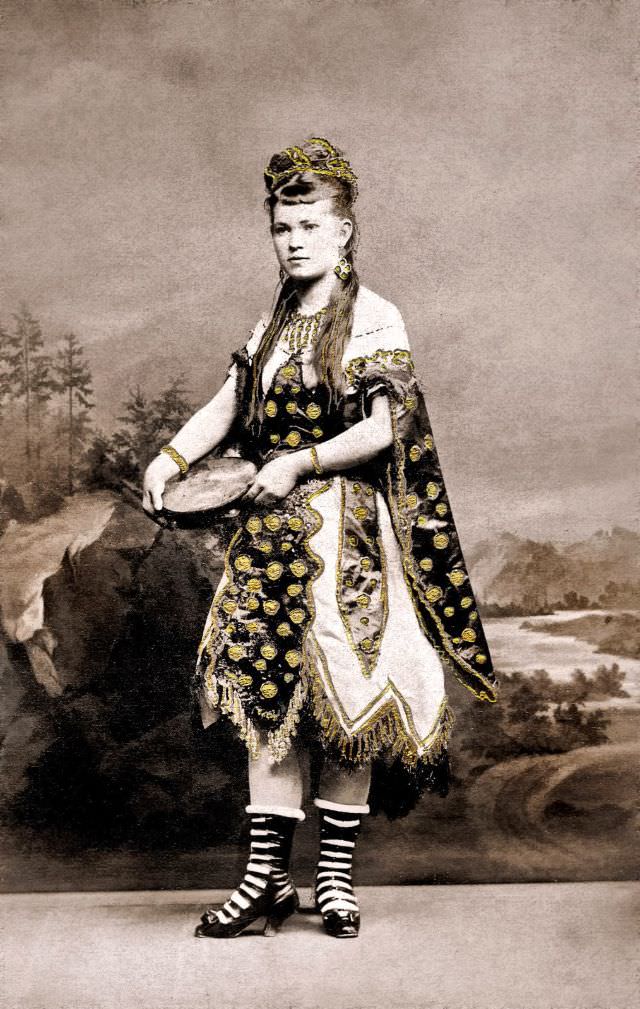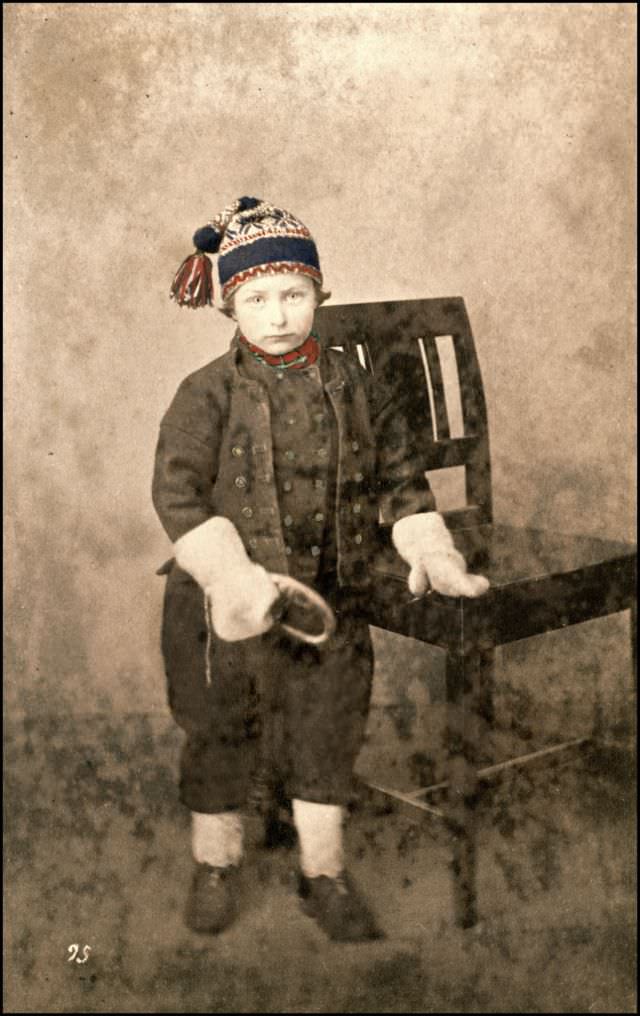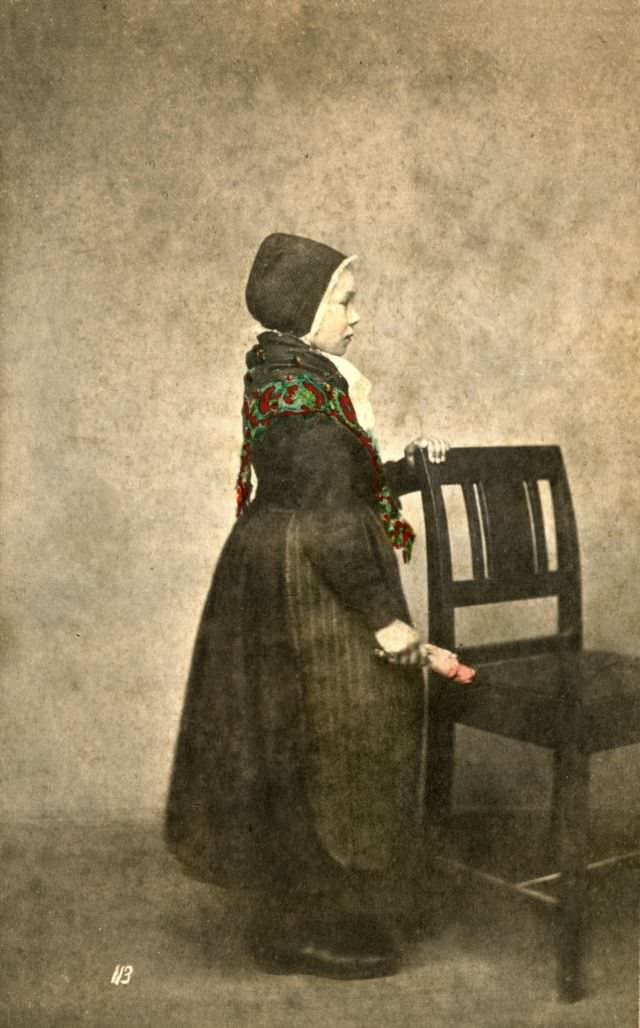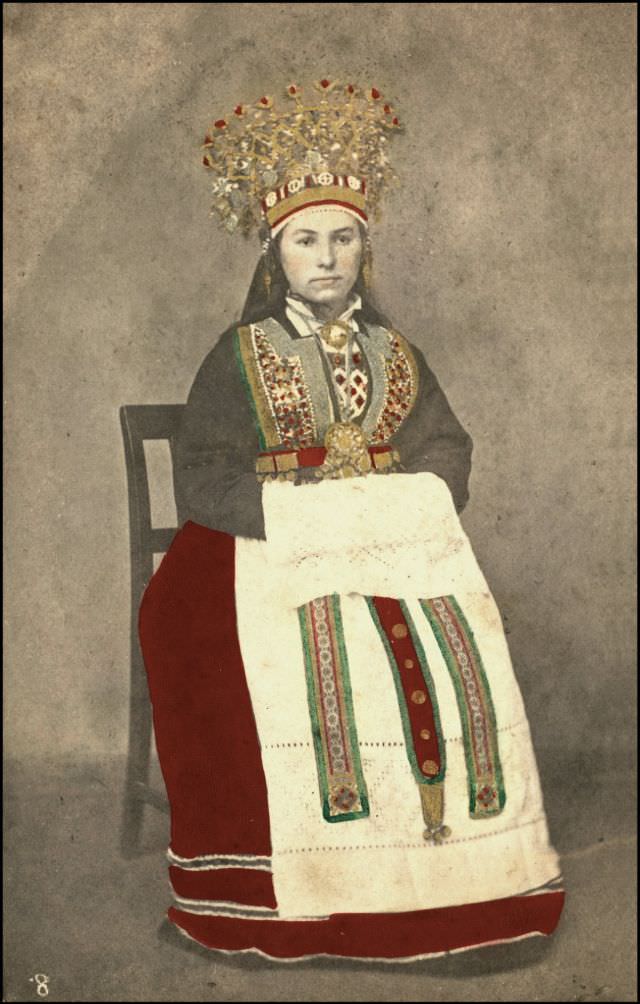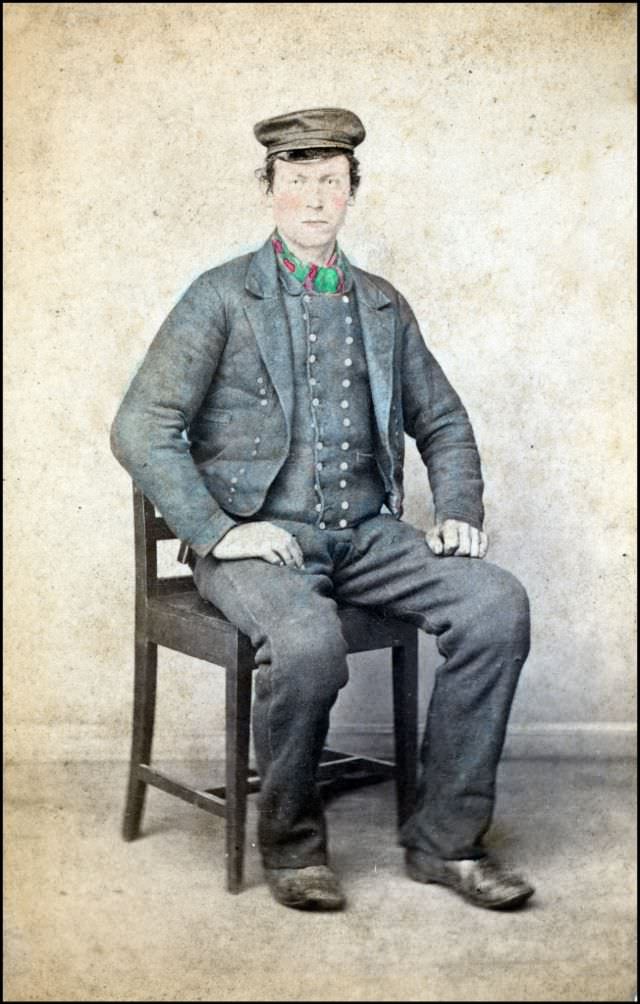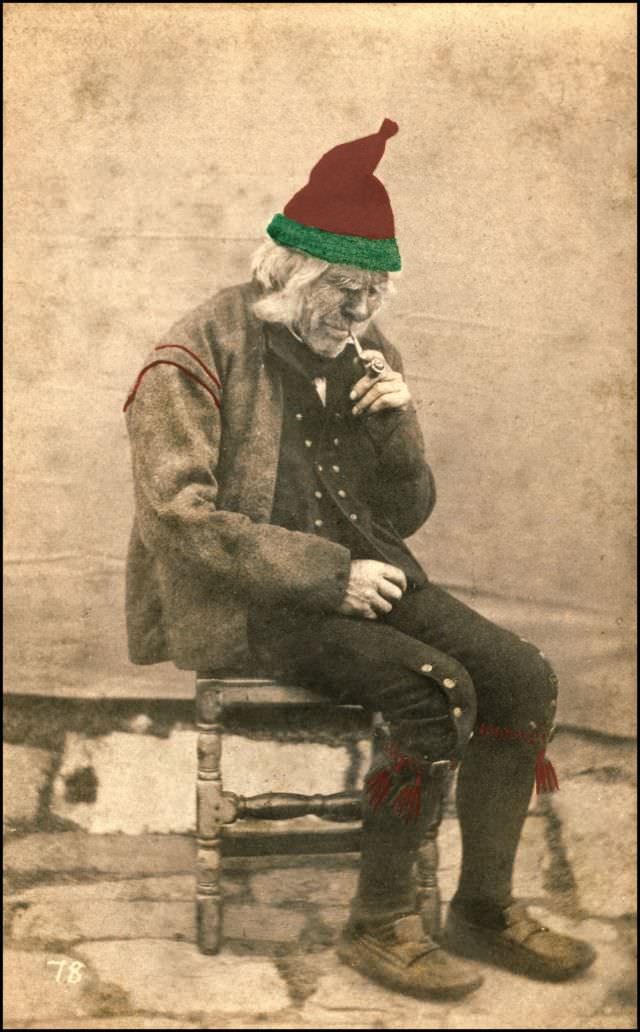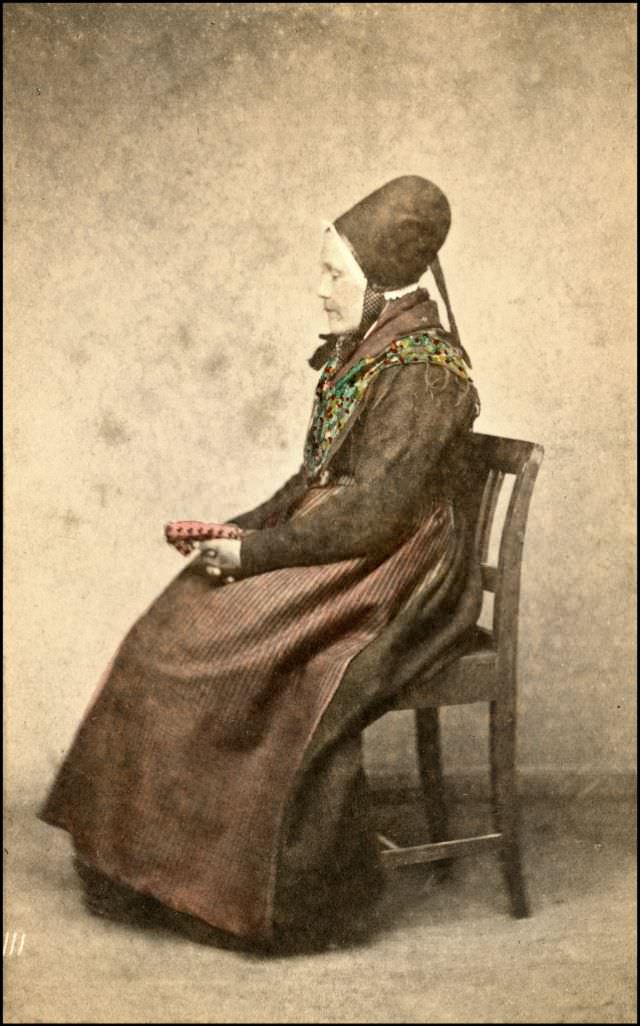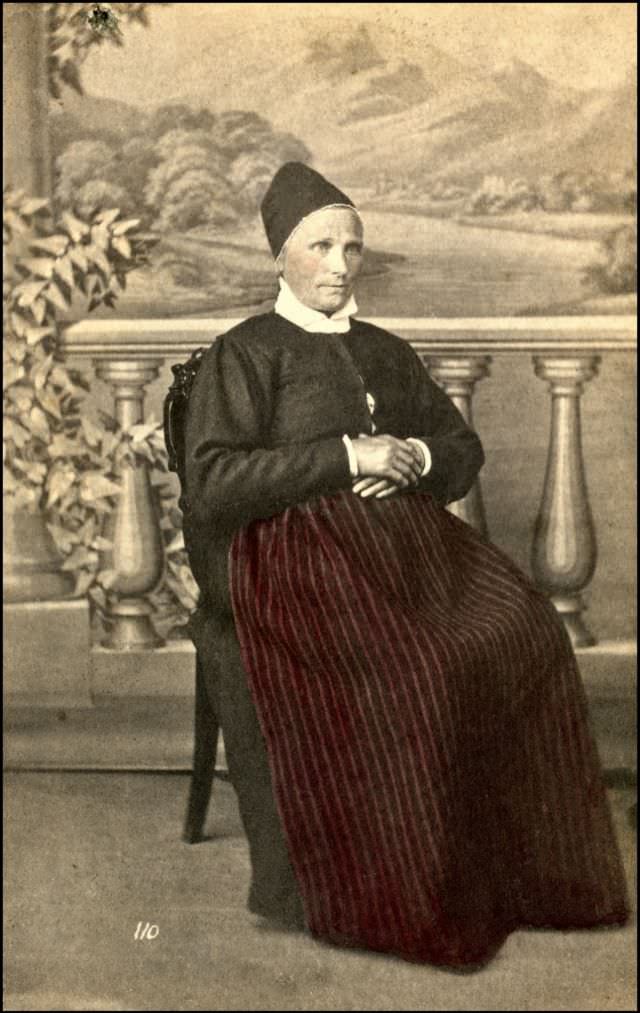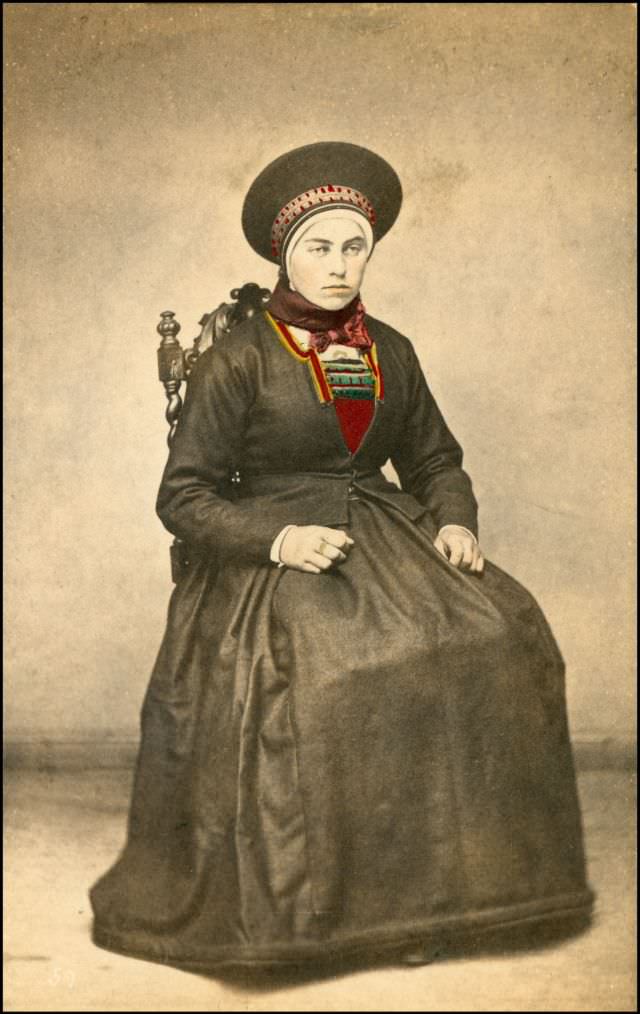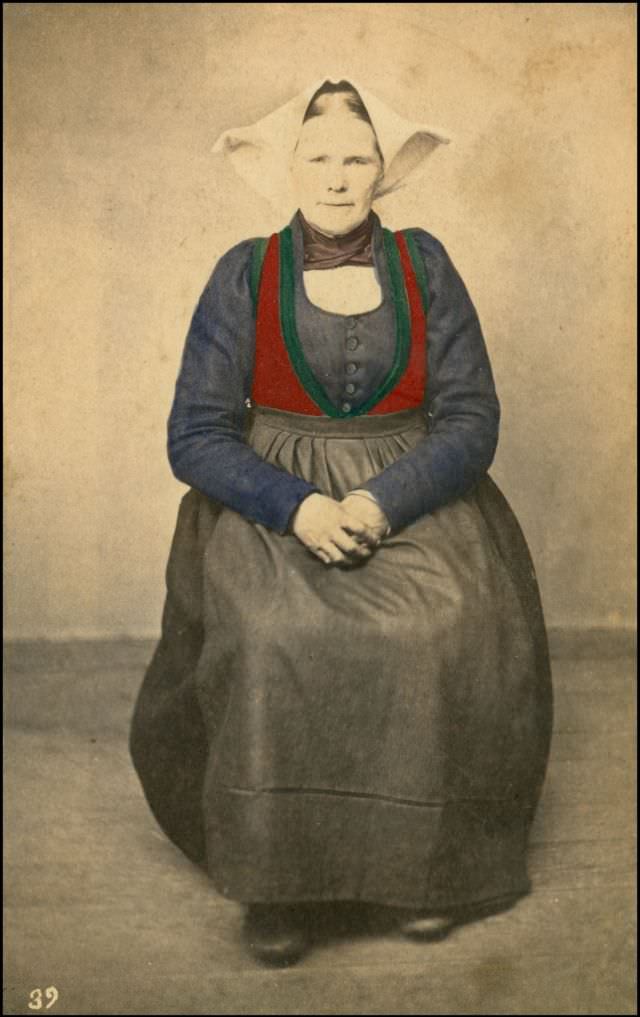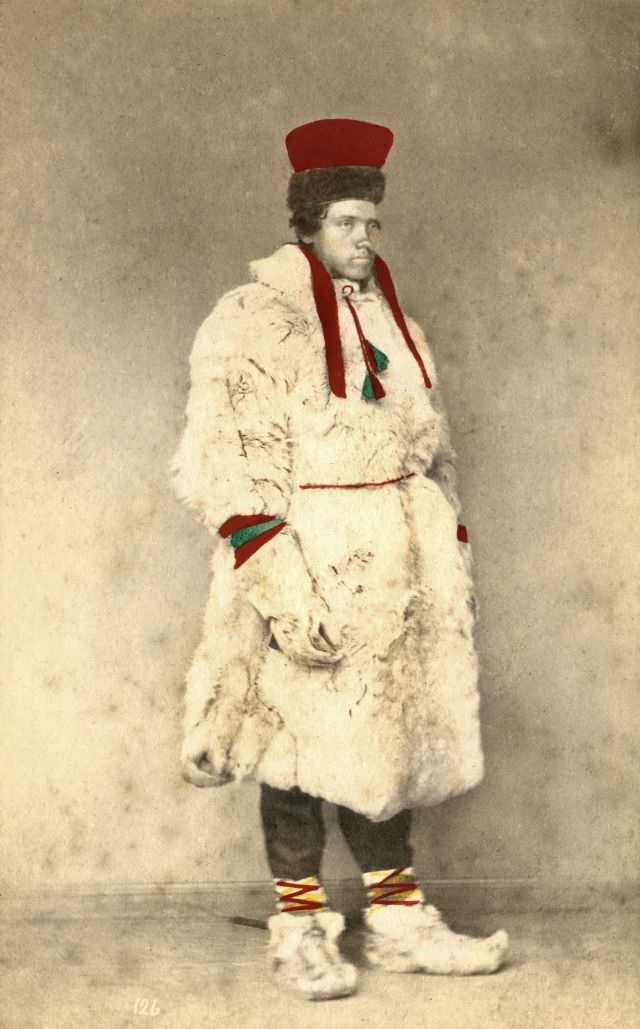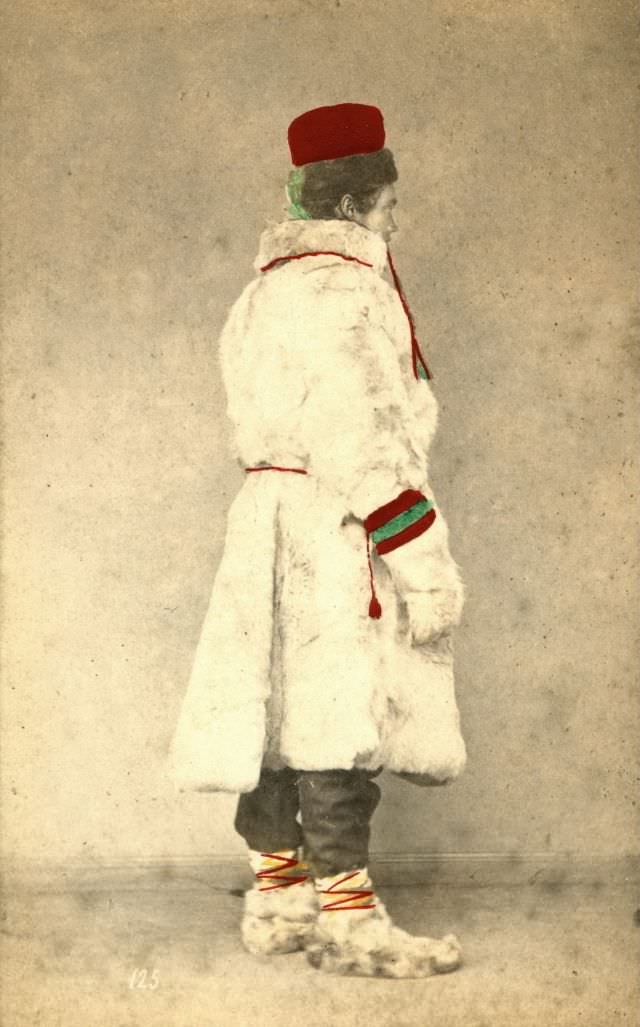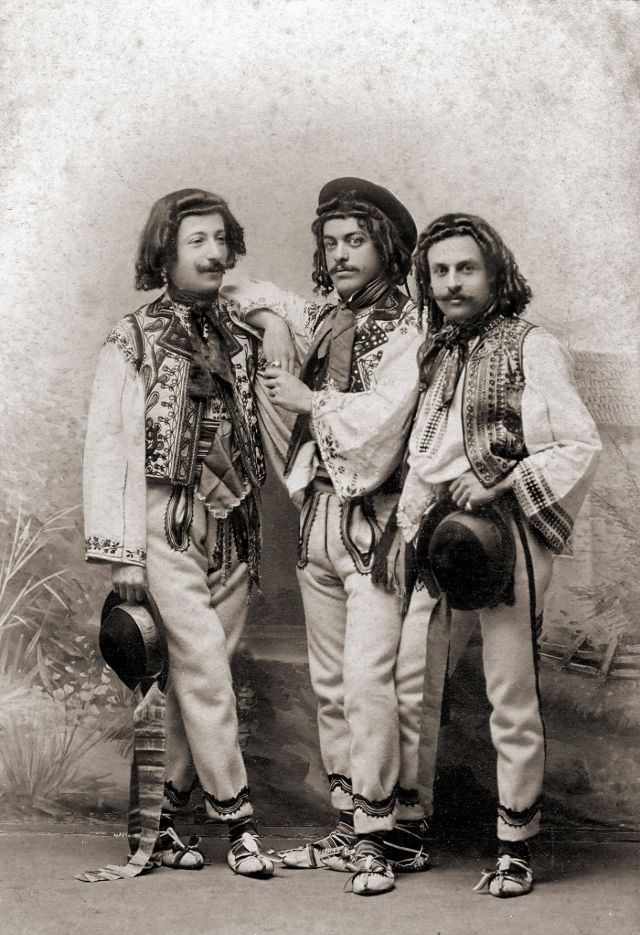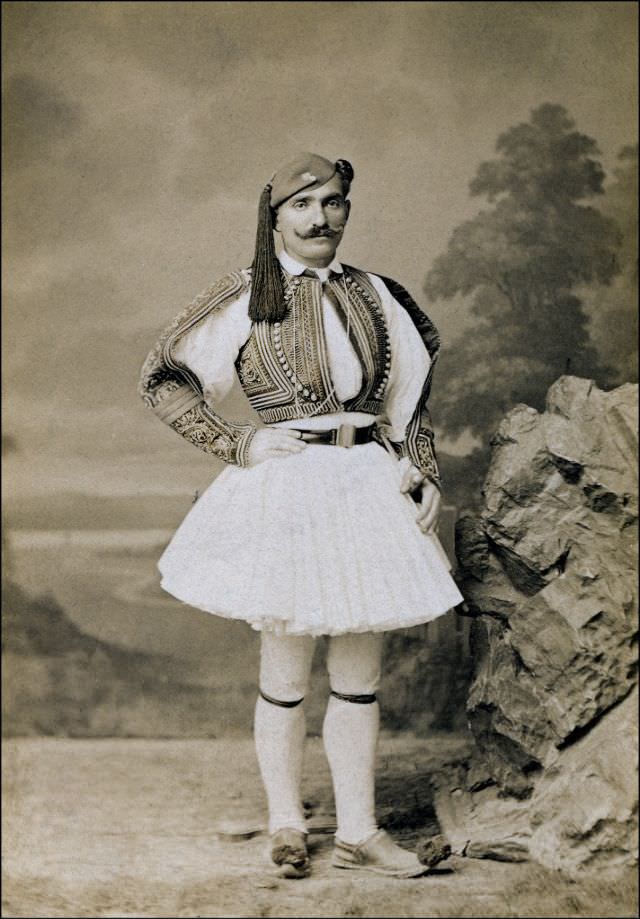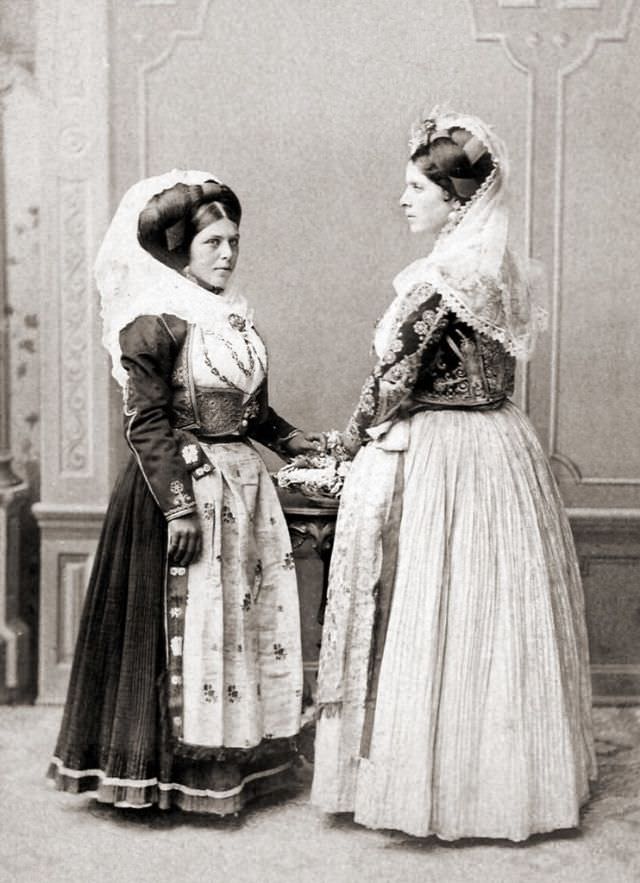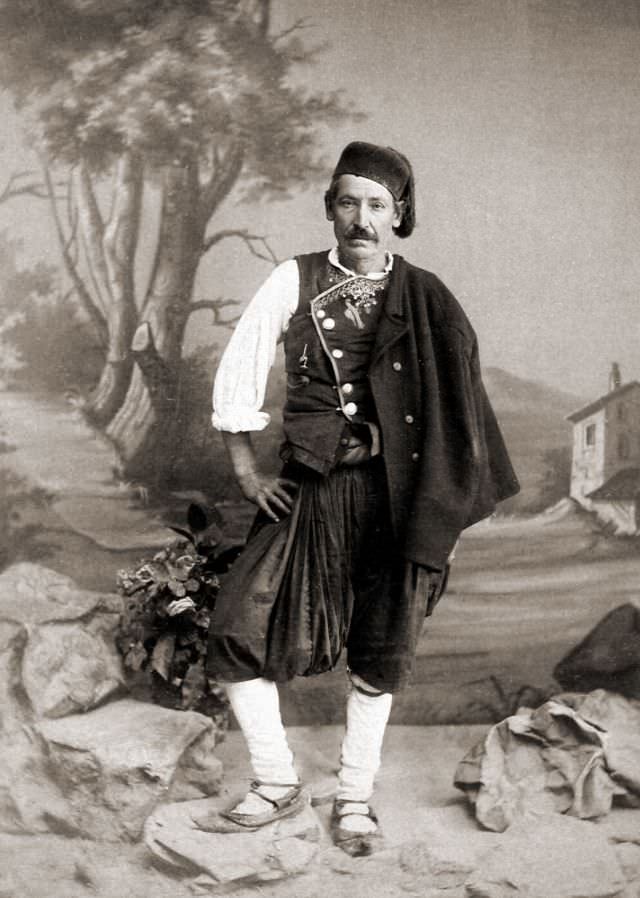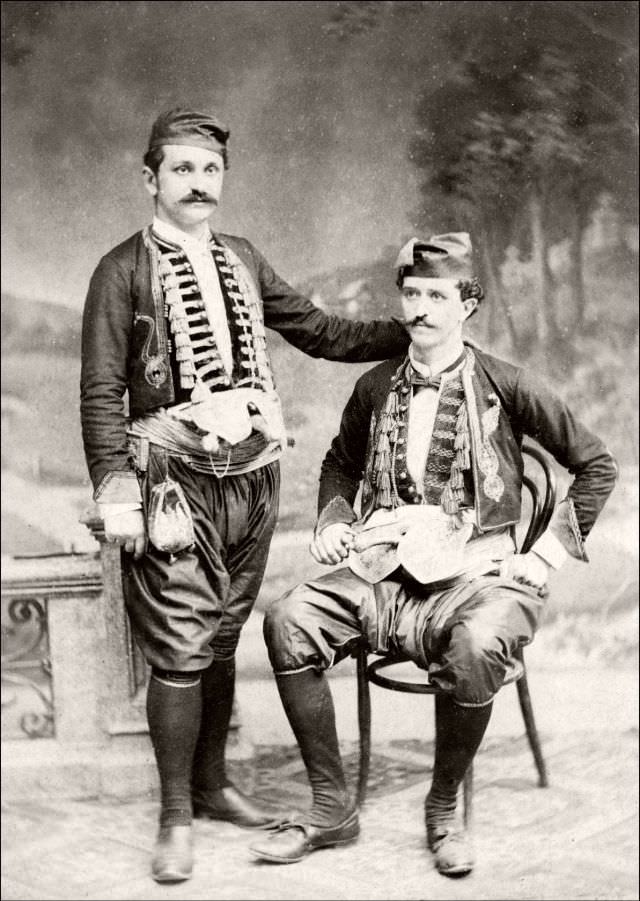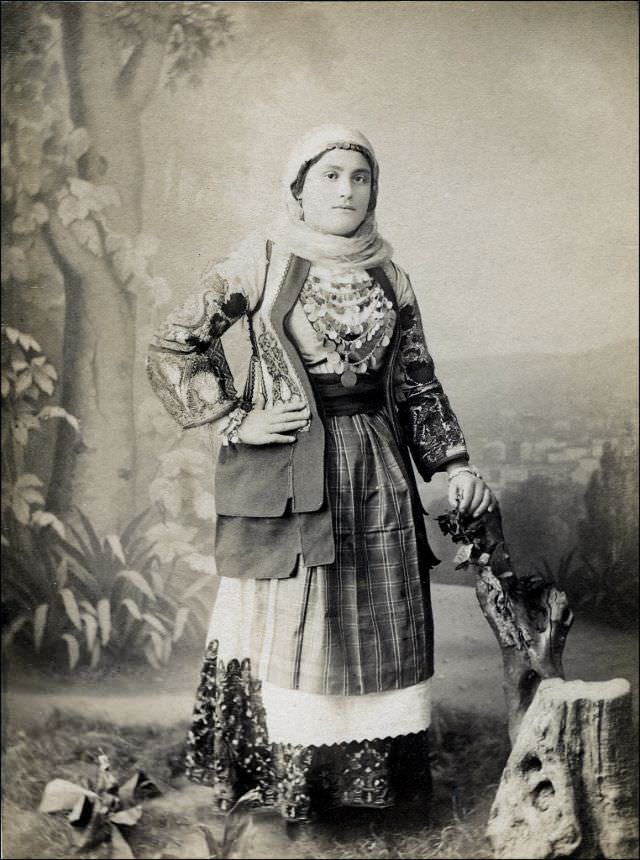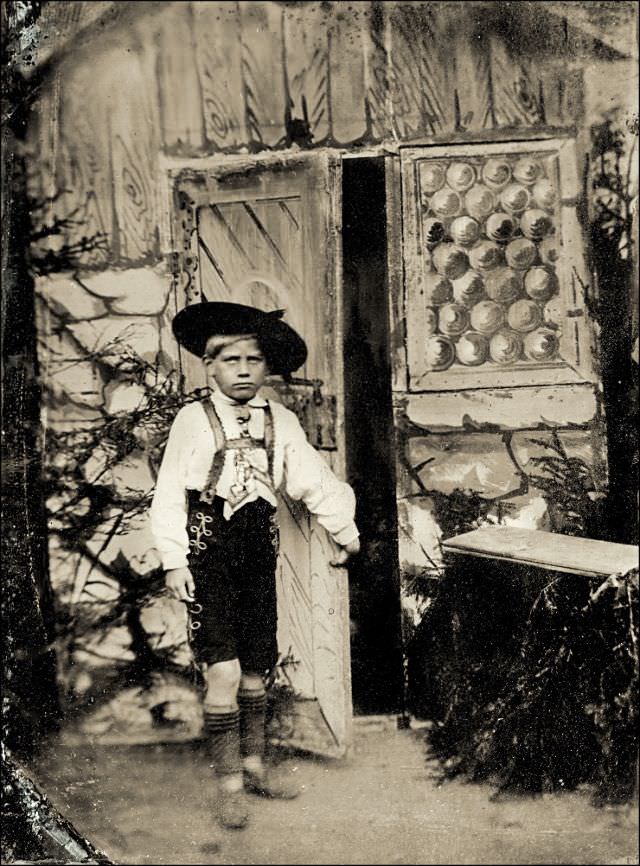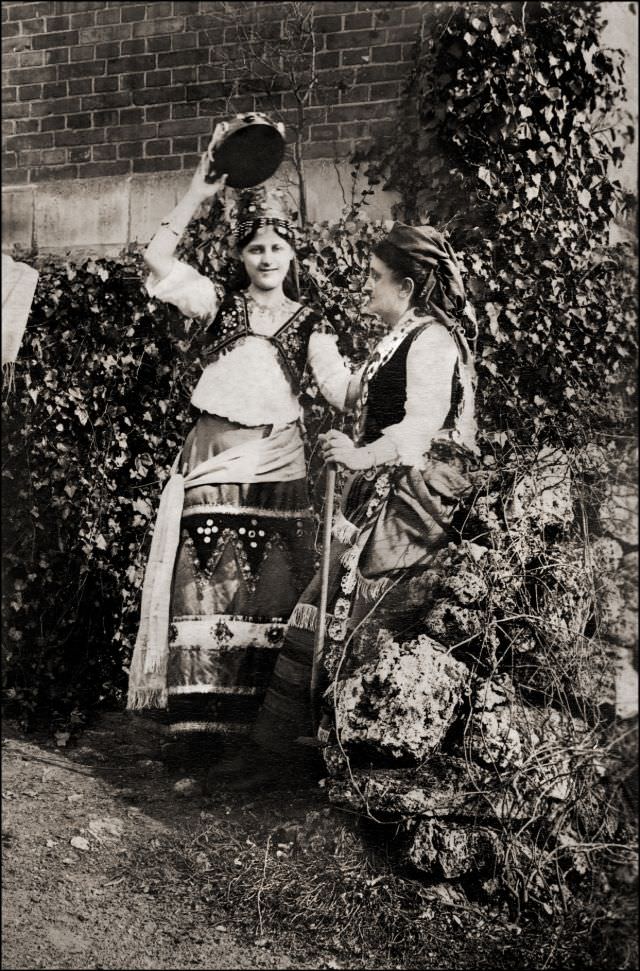Folk or traditional costumes express a sense of identity through costume, which is probably associated with a geographical area or historical period. In addition, it can indicate social, marital, or religious status. When a costume is worn to represent an ethnic group or culture, it is called an ethnic costume. There are often two types of these costumes, one for everyday use and one for formal occasions.
Romantic nationalism came to prominence following the rise of the peasantry in Europe as a model for all that seemed genuine and desirable. The dress became crystallized into traditional forms, and enthusiasts adopted that attire to symbolize their culture. Traditional clothing is frequently worn at special events or celebrations, especially ones linked to culture, heritage or pride, especially those associated with Western dress codes. The dress code for international events might consist of a combination of business suits and national dress. Today, there are instances when sumptuary laws require traditional garments. All citizens of Bhutan, including those without Tibetan heritage, must wear traditional Tibetan clothing, such as gho and Kera for men and Kira and toego for women. Women in Saudi Arabia are also required to wear abaya in public.
Below are some historical photographs that show people worldwide in their traditional or folk costumes from the 1860s to 1890s.


